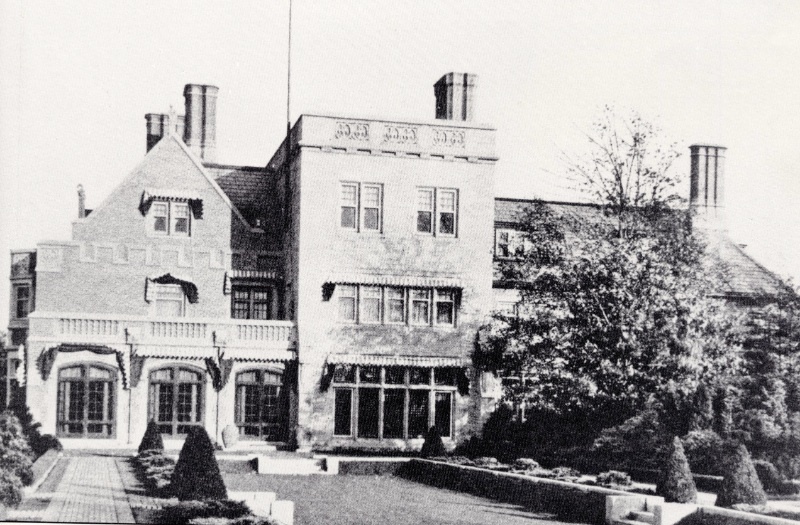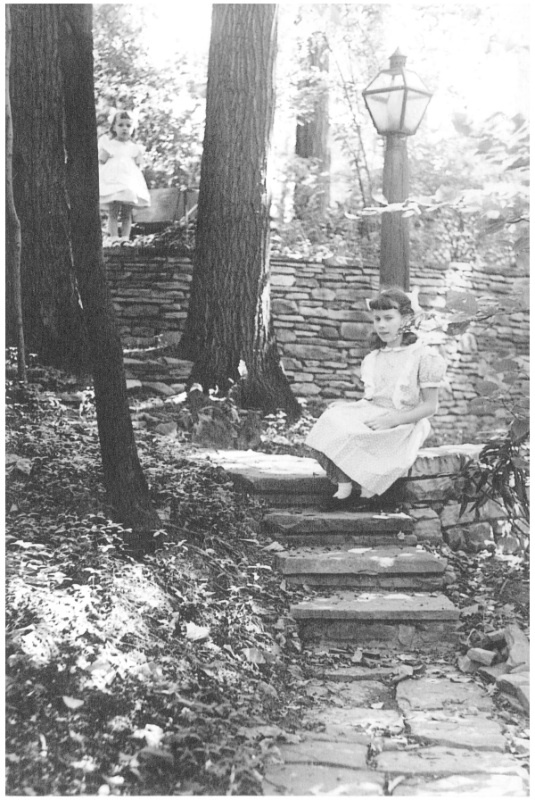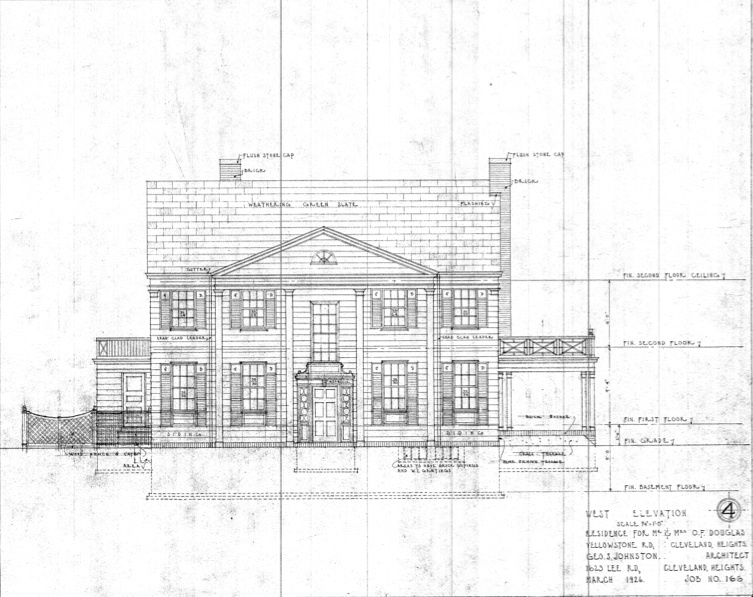The Van Sweringens' Inglewood

The famed Van Sweringen brothers, known for developing Shaker Heights, envisioned an architect-designed neighborhood rubbing shoulders with three grand estates in the countryside of Cleveland Heights. The resulting neighborhood, now the Inglewood Historic District, attracted doctors, lawyers, industrialists and others to its finer homes nestled on large wooded lots.
The Van Sweringens purchased the forty-one acres for this development from Charles Pack in 1920 through their Shaker Heights Development Company. Like all of their deed covenants, the Van Sweringens outlined strict rules that guaranteed a high level of construction and residents. All the single-family homes had to be architect designed in English Tudor, French or Colonial styles, with no two exactly alike. Prominent Cleveland architects such as Howell and Thomas, Walker and Weeks, Charles, Schneider, Bloodgood Tuttle and Abram Garfield worked on homes in the neighborhood.
Essential to the success of the neighborhood were sales to upper middle-class clientele, whom the company called "selected people of culture and refinement." Promotional materials for Inglewood described it as "a select neighborhood for Finer Homes, a natural Park of Great Beauty ... Hemmed in by the splendid Severance, Prentiss and Gownlock estates, its character is established, itself a beautiful park, shaded by lovely trees and commanding a view of Lake Erie for many miles, Inglewood has long been the residence site most envied by Clevelanders." The neighborhood attracted leading members of Cleveland society, including noted attorneys, businessmen, a newspaper publisher, professors, businessmen and many others. Over the years, the neighborhood acquired the nickname "Pill Hill" because of the number of medical personnel living in Inglewood (in part to its close proximity to Cleveland Clinic, University Hospitals, and Case Medical School).
The Inglewood Historic District maintains the original beauty and parklike setting of the original development. Since the original estates surrounding Inglewood have since been developed into commerical and residential areas, many visitors are surprised to find this pocket of lovely homes just off Mayfield Road in Cleveland Heights.
Audio
Images










